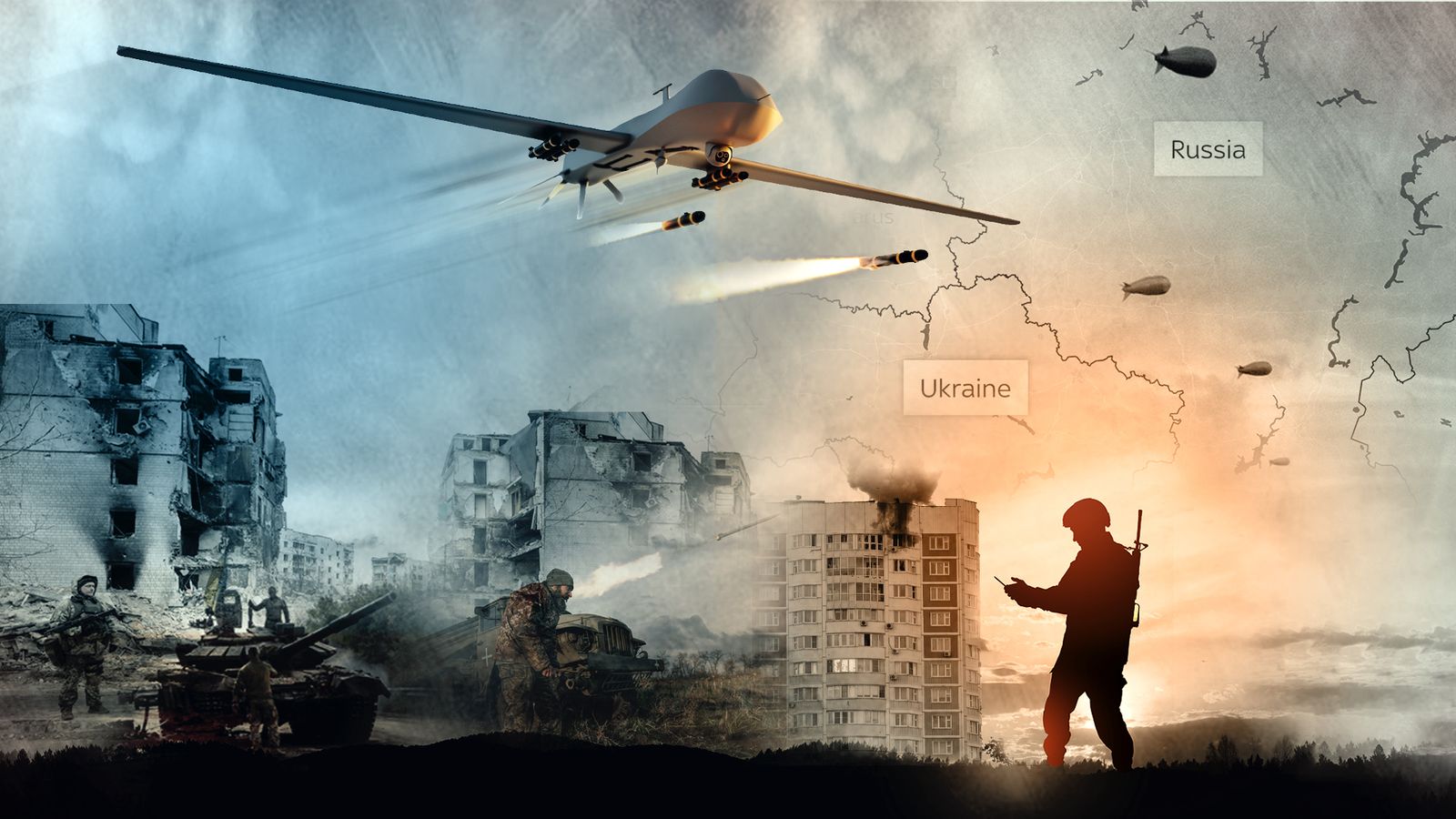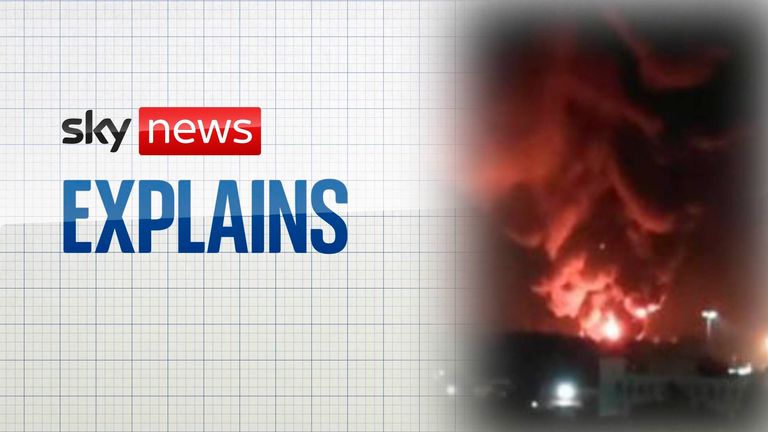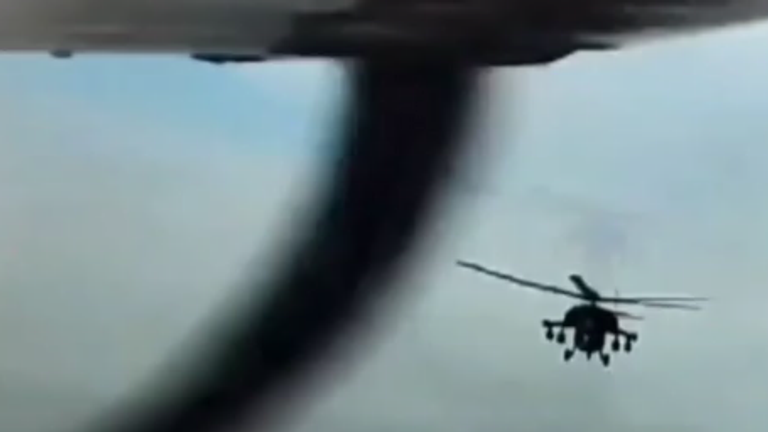Ukraine might have thwarted Russian ambitions to subjugate the whole of the country, but it faces a herculean task if it is to expel Russian forces from occupied territories completely.
Ukraine remains the David to Russia’s Goliath.
It cannot afford to be trapped in an attritional battle that it would struggle to win; instead, it has exploited drone technology to provide an asymmetric advantage.
Drones are low cost, widely available, and effective, but are relatively slow and thus easy to shoot down.
So why have they proven so effective for Ukraine?
A drone is an unmanned aerial vehicle (UAV) without any human pilot, crew, or passengers on board, and they are often remotely controlled; however, with the advent of AI, they are increasingly autonomous.
Drones rose to prominence in the post-9/11 era when long-endurance surveillance was required.
Since then, rapid advances in satellite technology have driven down both the cost and weight of sensors, with obvious military benefits.
Read more:
Ukraine war latest
Key areas where drones have given Ukraine the initiative
Ukraine’s battlefield intelligence is evolving at speed
Since the Second World War, battlefield surveillance has been a vital way to identify – and then target – enemy forces.
Balloons hoisted spotters high above the frontlines to help mortar crews zero in on their prey, to devastating effect.
Over a century later, tactical nano-drones are providing Ukraine with the same battlefield intelligence, with the added benefit of providing highly accurate target locations and indeed even laser guidance for precision munitions.
Despite Russian efforts to thwart Ukrainian drones, Ukrainian operators use their “downtime” to disassemble their drones, add extra capability, and update the software.
Their dedication means that, by dawn, they have an updated and even more deadly drone to field against the Russians.
This rate of innovation is unprecedented and is not emulated by the predictable and archaic Russian military.
But, drones fly slowly, have very limited self-protection and are therefore vulnerable.
And, since their size and range limit payload, drones have traditionally been more of an irritant than decisive military weapons.
Although Ukraine cannot use Western-supplied weapons to attack Russian territory, Ukraine has leveraged online crowdfunding to help procure a wide range of commercially available drones.
When modified, these have proven very effective at degrading Russian logistics resupply lines, fuel depots and ammunition dumps, overwhelming defences with simultaneous attacks.
Read more:
Drone attacks show life is more dangerous for Russians
Putin was careful not to make Prigozhin a martyr
Six drone attacks hit Moscow in record-size attack
A profound psychological impact for Ukraine’s underdogs
Strategically, Ukraine has also managed to use a blend of missiles and drones to attack targets deep inside Russian territory.
Whereas Russian attacks on Ukrainian cities have simply hardened Ukrainian resolve to defeat the Russian invader, Ukrainian attacks on Moscow have had a profound psychological impact on Muscovites – by undermining Vladimir Putin’s claim that he was forced to invade Ukraine to protect Russians – which he is failing to do.
Russia has robust air defence systems, but these are designed to combat limited numbers of ballistic missile attacks, not waves of drones.
Air defence missiles are ferociously expensive and missiles are of limited supply – a Patriot missile costs $4m which is over 1,000x more expensive than most of the drones – so in drone wars, quantity has a quality all of its own.
Russia’s conventional and predictable approach to warfare has enabled Ukraine to exploit technology and innovation to target the Black Sea Fleet, strategic Russian fighter and bomber bases far behind the frontlines and airports (including Moscow).
Individually, these targets are not tactically significant, but collectively they have exposed Russian vulnerability and helped Ukraine counter Russia’s conventional military advantage.
Drones might not win the war, but they have provided a rare asymmetric advantage to the Ukraine underdogs.
However, it is not only Russia that is heavily reliant on legacy equipment and doctrine, and the West must adapt to innovate and exploit technology apace, to combat future asymmetric threats such as rogue states or terrorism.
Drone wars have moved from the realms of fiction into reality, with profound implications for global security.





